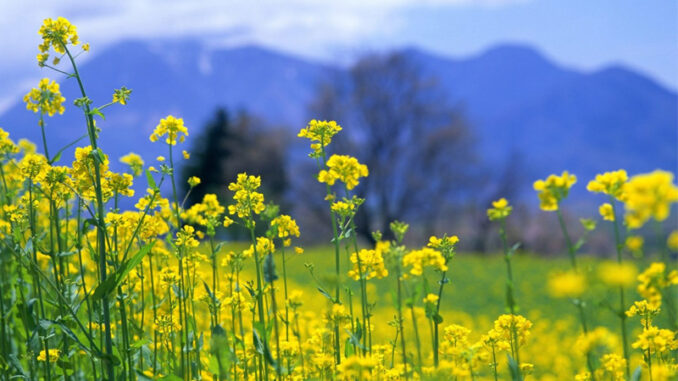
Nestled amidst the verdant embrace of northern Vietnam, Bắc Ninh (Bac Ninh) stands as a captivating blend of ancient heritage and modern dynamism, a destination often overlooked in the whirlwind of travel itineraries. Yet, within its tranquil embrace lies a treasure trove of cultural gems, historical relics, and natural wonders waiting to be unearthed.
Bac Ninh is a province in northern Vietnam, located about 30 kilometers from Hanoi, the capital city. It is a small province, but it has a rich history and culture dating back over 1,000 years. Bac Ninh was once the capital of the Ly Dynasty, one of the most prosperous dynasties in Vietnamese history. Today, Bac Ninh is known for its traditional handicrafts, its beautiful temples and pagodas, and its delicious food. t is also one of the country’s most economically developed provinces, home to a number of foreign-invested industrial parks.
Location
Bac Ninh lies approximately 50 kilometers northeast of Hanoi, Vietnam’s capital city. Its strategic location makes it easily accessible from Hanoi and other major cities in the region. Travelers can reach Bac Ninh by car, train, or bus, each offering a comfortable and convenient journey.
Transportation
Bac Ninh is located about 30 kilometers northeast of Hanoi, the capital of Vietnam. The province can be reached by bus, taxi, or private car from Hanoi.
Bac Ninh is well-connected to other parts of Vietnam by air, rail, and road. The province has its own domestic airport, Bac Ninh Airport, which is located about 10 kilometers from the city center. Bac Ninh also has a central train station, which connects the province to other major cities in Vietnam. There are also many buses and taxis that operate in Bac Ninh.
Weather
Bac Ninh experiences a tropical monsoon climate characterized by distinct wet and dry seasons. The wet season, typically from May to October, brings warm temperatures and abundant rainfall, while the dry season, spanning from November to April, offers cooler temperatures and less precipitation. The best time to visit Bac Ninh is during the winter months, when the weather is pleasant.
Top destinations to explore
1. Chùa Bút Tháp (But Thap Pagoda)
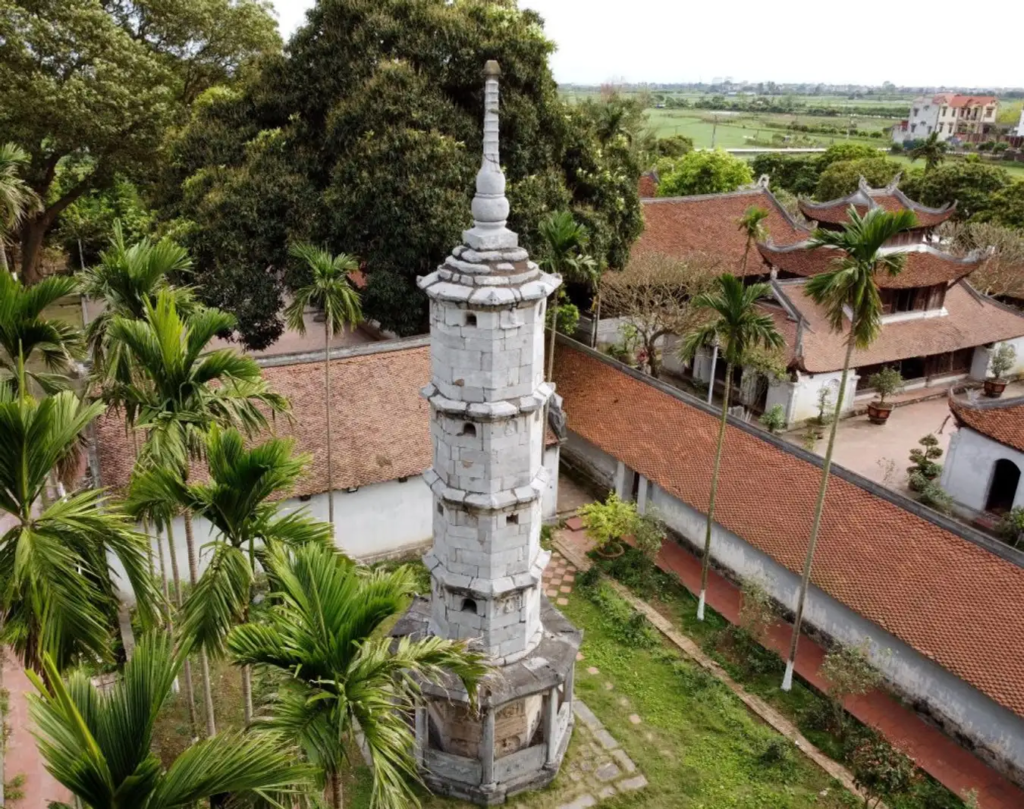
But Thap Pagoda, also known as Ninh Phuc Tu, traces its origins back to the 13th century, during the reign of the Tran Dynasty. Over the centuries, it has undergone several restorations, yet its essence remains deeply rooted in its ancient past. The pagoda’s name, meaning “Tower Pagoda,” is derived from the majestic three-story stone tower that stands as its centerpiece.
Within the pagoda’s walls lie four national treasures, each bearing profound spiritual significance. Among them is the Thousand-Eyed, Thousand-Armed Bodhisattva statue, a masterpiece of Buddhist art that embodies compassion and wisdom. The pagoda also houses a vast collection of ancient scriptures, artifacts, and relics, each whispering tales of the pagoda’s rich history.
2. Chùa Phật Tích (Phat Tich Pagoda)
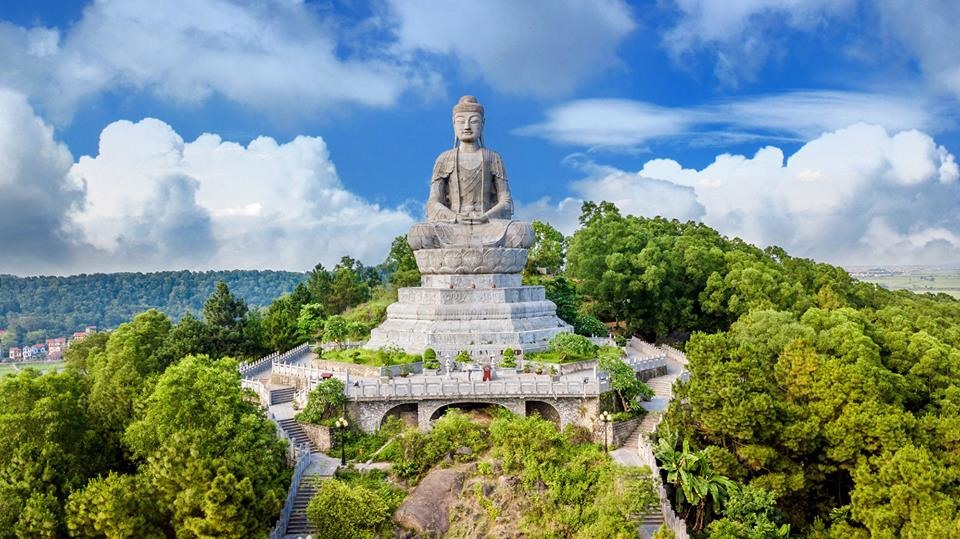
Phat Tich Pagoda, also known as Van Phuc Pagoda, traces its origins back to the 7th century AD, during the reign of the Ly Dynasty. Over the centuries, it has served as a center of Buddhist learning, attracting scholars and monks from across the region. The pagoda’s name, meaning “Buddha’s Trace Pagoda,” is a testament to its deep connection to the early days of Buddhism in Vietnam.
Within the pagoda’s walls lie a treasure trove of sacred relics and artifacts. Among them is the largest stone Buddha statue of the Ly Dynasty, a national treasure that exudes an aura of serenity and compassion. The pagoda also houses a vast collection of ancient scriptures, manuscripts, and Buddhist teachings, offering a glimpse into the rich spiritual heritage of Vietnam.
3. Đền Đô (Đo Temple)

Đô Temple, also known as Co Phap Temple, traces its origins back to the 11th century AD, during the reign of King Lý Thái Tổ, the founder of the Lý Dynasty. The temple was erected to honor the king, who had unified the country and established a golden era of peace and prosperity. Over the centuries, the temple served as a place of worship and a royal necropolis, housing the remains of eight Lý Dynasty kings.
Đô Temple’s architecture is a harmonious blend of traditional Vietnamese and Buddhist styles. Its layout is inspired by the Confucian concept of the “Three Realms,” with three main courtyards representing Heaven, Earth, and Man.
Đô Temple stands as a testament to Vietnam’s rich cultural heritage, a symbol of national pride and a source of inspiration for generations to come. It is a place to delve into the history of the Lý Dynasty, to appreciate the artistry of ancient craftsmen, and to honor the legacy of some of Vietnam’s most revered rulers.
4. Làng gốm Phù Lãng (Phu Lang Ceramic Village)
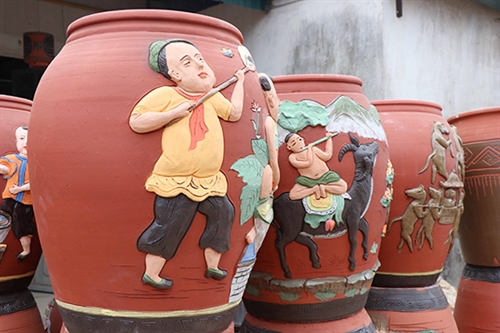
Stepping into Phu Lang Ceramic Village is like entering a living museum of traditional pottery making. The village’s narrow lanes, lined with workshops and kilns, are filled with the rhythmic sounds of hammers and chisels, the gentle murmur of clay being molded, and the warm glow of furnaces. Every corner exudes the spirit of creativity and the dedication of skilled artisans.
Phu Lang’s ceramic creations are as diverse as they are beautiful, ranging from intricate devotional items to simple yet elegant household utensils. The village’s signature style is characterized by its earthy brown glazed color and unique texture, a result of the rich clay found in the region. Each piece is a testament to the artistry and skill of the artisans, infused with their passion and appreciation for this ancient art form.
5. Hội Lim (Lim Festival)
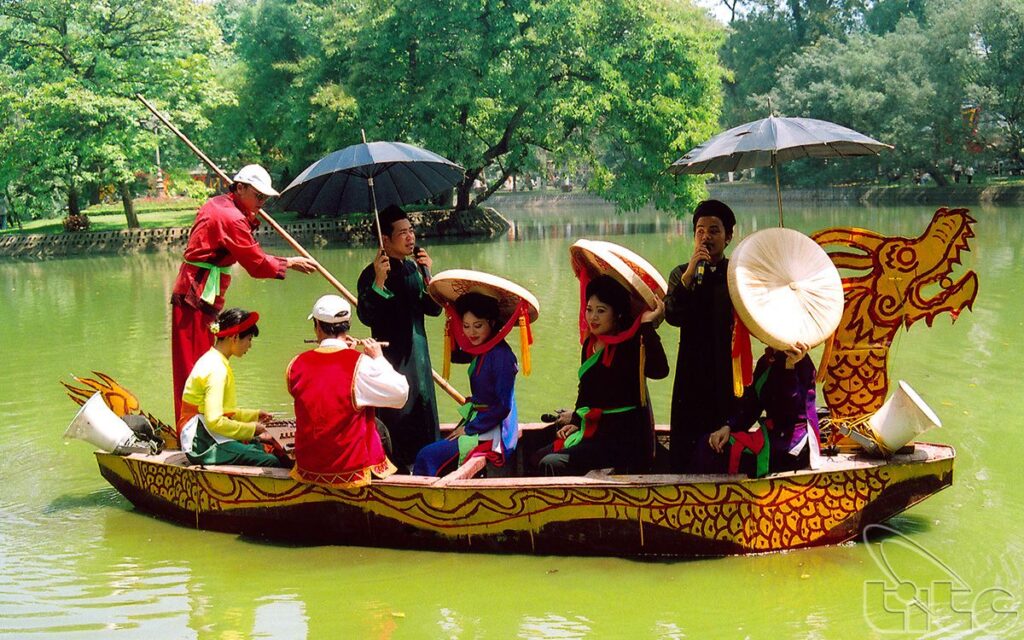
The Lim Festival is renowned for its captivating Quan Ho singing, a UNESCO-recognized intangible cultural heritage of Vietnam. This unique vocal art form, characterized by its alternating verses and harmonious melodies, is performed by pairs of male and female singers, their voices blending in perfect harmony. The lyrical themes of Quan Ho revolve around love, friendship, and the beauty of nature, captivating listeners with their profound emotions and poetic expressions.
Beyond the captivating Quan Ho performances, the Lim Festival is interwoven with a rich tapestry of traditional rituals and customs. The festival commences with a solemn incense offering ceremony at Lim Pagoda, followed by a procession of palanquins bearing the statues of Dam Thi and Bien. The festival’s vibrant atmosphere is further enriched by traditional folk games, colorful performances, and an array of culinary delights.
6. Đình Đình Bảng (Dinh Bang Communal House)
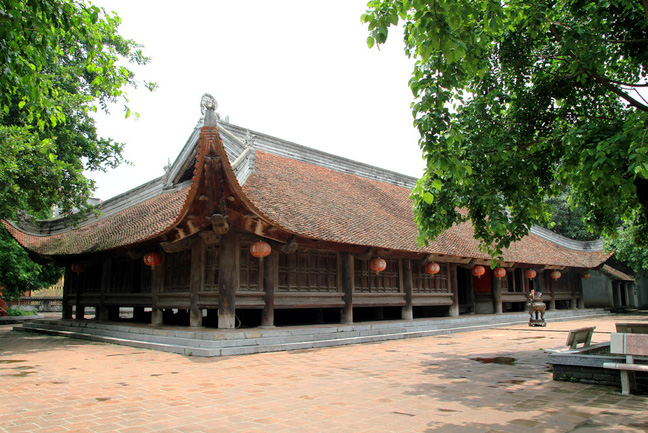
Dating back to the 17th century, Dinh Bang Communal House is a remarkable example of the Nguyen Dynasty’s architectural style. The house was erected to serve as a gathering place for the local community, a venue for social events, cultural performances, and administrative functions. Its name, meaning “Dinh of the Eastern Region,” reflects its prominent role in the region’s social and cultural life.
Dinh Bang Communal House is a masterpiece of Vietnamese communal architecture, characterized by its harmonious blend of functionality and artistry. Its layout follows the traditional five-door pattern, with three main halls and two flanking wings, each adorned with intricate carvings, colorful lacquered panels, and elegant roof structures. The house’s design reflects the profound respect for nature and the emphasis on balance and symmetry that are hallmarks of Vietnamese architecture.
The Dinh Bang Communal House stands as a symbol of community spirit, a testament to the enduring bond that has united the villagers for generations. The house continues to serve as a central hub for social gatherings, cultural events, and celebrations, bringing together people from all walks of life to share their traditions and strengthen their collective identity.
Food

Bánh Phu Thê (Phu The Cake): Its delicate glutinous rice flour wrapper encases a sweet and creamy filling of mung bean paste, complemented by the subtle aroma of pandan leaves and the gentle crunch of shredded coconut flakes. Phu The cake symbolizes loyalty and marital devotion. This tradition of having a Phu The cake in engagement ceremonies has become a cultural norm for Vietnamese people.
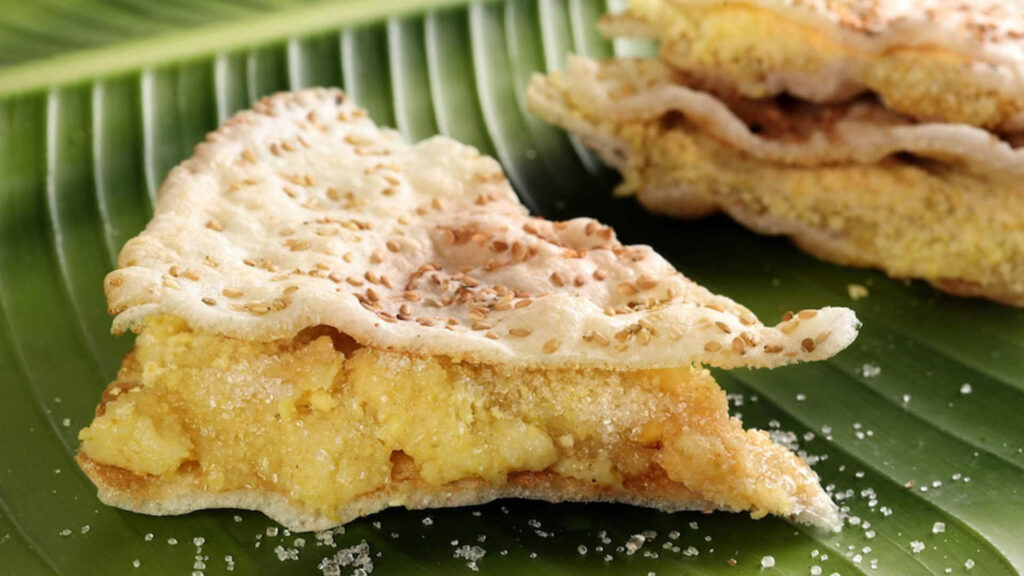
Bánh Đa Kế: This thin, crispy rice cake is made from glutinous rice flour, water and salt. It is often grilled or served with a variety of dipping sauces such as fish sauce, peanut sauce, and sesame dipping sauce. Cooked millet seeds are golden brown, flexible and viscous, spread on a piece of grilled rice paper, sprinkled with some green beans and a thin layer of sugar on top, folded in half and done.
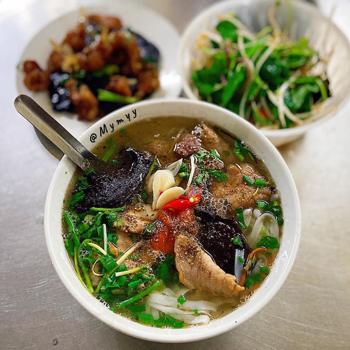
Phở Gan Cháy: This pho dish is made with grilled pork liver, rice noodles, and a broth made from beef bones and spices. It is often served with bean sprouts, herbs, and lime wedges.
Accommodation
– Muong Thanh Luxury Bac Ninh Hotel: This 5-star hotel is located in the city center, close to many popular tourist attractions.
– Grand Phoenix Hotel Bac Ninh: This 5-star hotel is located in the city center, close to many popular tourist attractions.
– Mandala Hotel & Spa Bac Ninh: This 5-star hotel is located in the city center, close to many popular tourist attractions.
– Phoenix Resort Bac Ninh: This 5-star resort is located on a hilltop outside of the city center.
Bac Ninh is a beautiful province with a rich history and culture. It is a great place to visit for those who are interested in Vietnamese history, culture, and food. Bac Ninh is also a great place to relax and enjoy the Vietnamese countryside. If you plan to visit Bac Ninh, don’t forget to apply Visa. With the easy and fast Visa procedures, you can travel to Vietnam at any time!